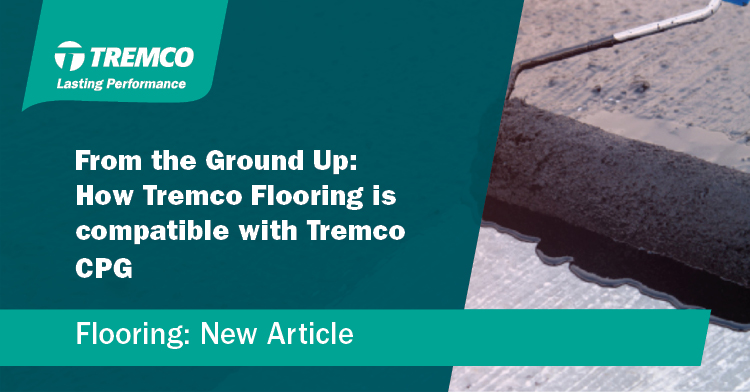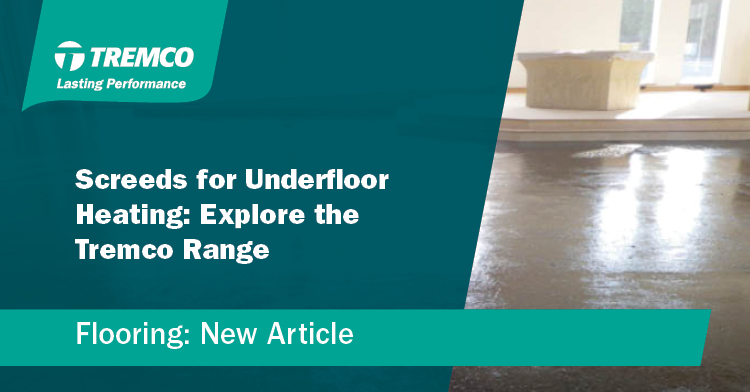Considering the Condition of the Substrate

When planning flooring projects, the substrate must be one of the first considerations as it is vital to the success of the forthcoming project; if the substrate is not properly prepared, then the installation will probably fail.
Competent contractors generally turn to the advice of major manufacturers on whom they routinely rely for system performance and they regularly invite companies’ technical representatives to get involved with an initial inspection.
As well as determining the extent and nature of any cracking, in case they reveal more serious structural problems, it is also necessary to decide if these should be routed out and treated. The survey may also involve the use of an Elcometer 106 which measures the strength of a substrate, and will help identify variations in its soundness.
These inspections must further pay attention to areas like up stands and details such as gullies, drainage outlets and pipe penetrations. All are potential problem areas. 'Previously owned' properties are very likely as well to have been subject to contamination of various types, including chemical spillages.
The contractor has several recourses here including the use of mechanical means to remove solid material such as mortar spots or old adhesive. Liquid contamination can either be removed using solvents or, for tougher stains, emulsifiers may be required to 'draw out' the pollutant.
Damp remains a real danger which will seriously threaten the success of any flooring installation: requiring the taking of hygrometer readings at intervals across the work area.
There is a strong possibility that properties dating from before the 1970s may have been built without a proper damp proof membrane (DPM) or one that has since failed. Where serious doubt about the existence of an adequate DPM persists, or where hygrometer readings - expressed in terms of relative humidity - are above 75% RH, then the installation of a well proven, fluid applied system is definitely indicated.
In some circumstances, where the substrate is very uneven, it may be necessary to utilise a moisture tolerant smoothing compound prior to installing the DPM with a further coat of the compound being laid to ensure the adhesive and floor covering achieve the desired even finish.
At all stages of the inspection, specification and installation it is essential for the flooring specialist to remain mindful of the building's eventual function or occupancy in relation to the products and methodology chosen. It may, for instance, be appropriate to choose products offering very low odour or that are EC1 compliant to respect locations like hospitals or food production facilities. In all situations, however, correct preparation remains essential to success.
Contact us today for more information.











